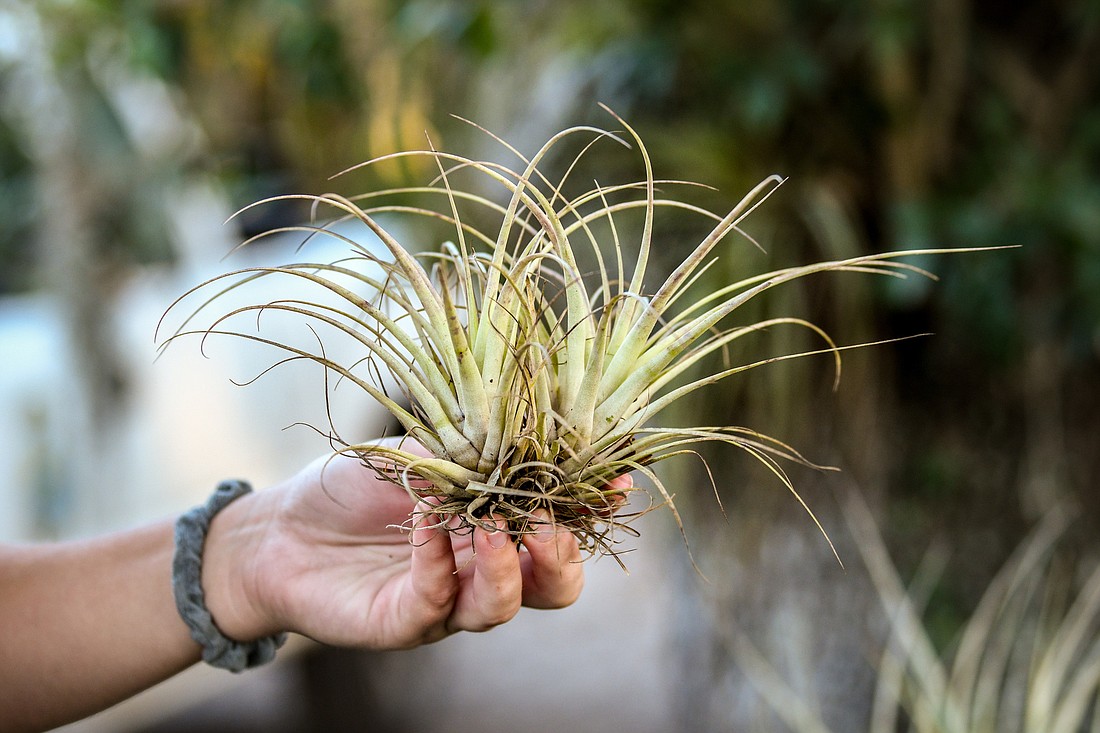- April 18, 2024
-
-
Loading

Loading

In the aftermath of Hurricane Ian, the fate of giant and cardinal air plants at Myakka River State Park was of particular concern. Both native species are endangered in Florida because of habitat loss and illegal collecting of specimens from natural areas.
They are also threatened by the invasive Mexican bromeliad weevil. Populations of these sizable and once-abundant epiphytes have been reduced in the park’s hammocks by the voracious weevils, which were introduced to South Florida in 1989 via the horticulture trade. With no natural predators here, the weevils quickly spread and are now established in the park. The insects chew holes in the plants' leaf bases, where they lay their eggs. And as the larvae feed and mature, they consume the base, often killing the whole plant.
The largest bromeliad to occur naturally in Florida, giant air plants are especially vulnerable to the weevils, because, unlike most air plant species, they don't “pup,” or produce offsets from the base. Instead, after up to 20 years of growth, the giant air plant sends up a single flower stalk, which produces thousands of seeds, then dies. Air plants that produce offsets stand a better chance of surviving weevil attacks, as they have multiple buds and multiple chances to reproduce.
Air plants, which use trees merely for support, are an important member of the ecosystem and afford many ecological benefits, such as providing food, water and shelter to native Florida animals.
And given their dwindling numbers, these species are especially vulnerable to extreme weather events, such as Hurricane Ian, which had a widespread impact on the park. As many trees in the park sustained wind or water damage from the storm, finding and saving the park's imperiled epiphytes was prioritized.
Thanks to rapid rescue efforts, guided by expert advice from Marie Selby Botanical Gardens, more than 70 endangered epiphytes have already been collected from damaged trees.
Once storm recovery efforts are completed, the plants will be reattached to new host trees in the park, where they will have a chance to grow to maturity and produce a successional generation of these imperiled species.
Friends of Myakka River exists to support Myakka River State Park and the Wild and Scenic Myakka River. Together, we're protecting and sharing Myakka's Magic, to the benefit of future generations, and our own. Follow us @FriendsofMyakkaRiver.